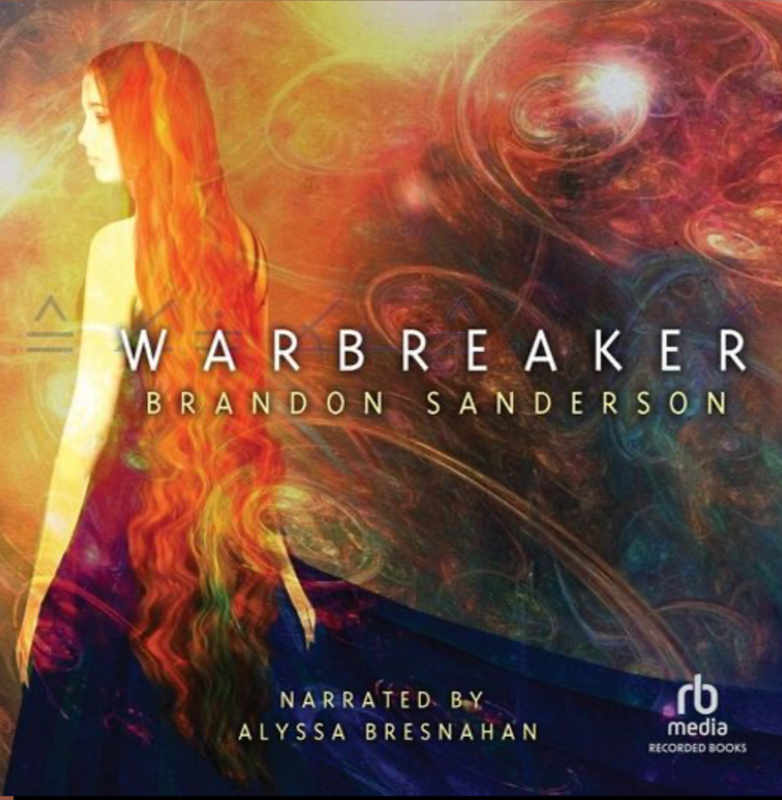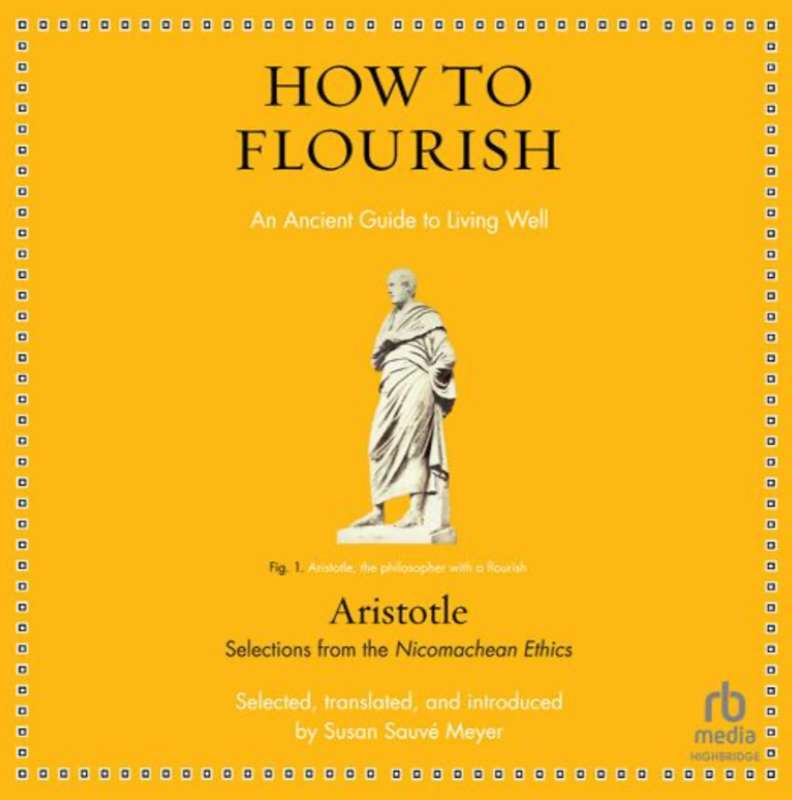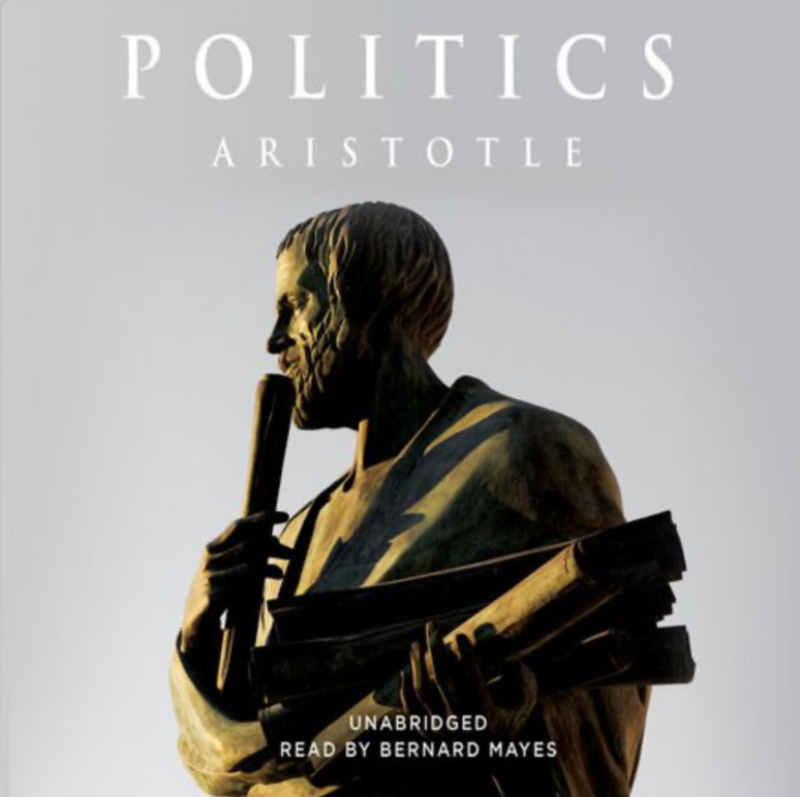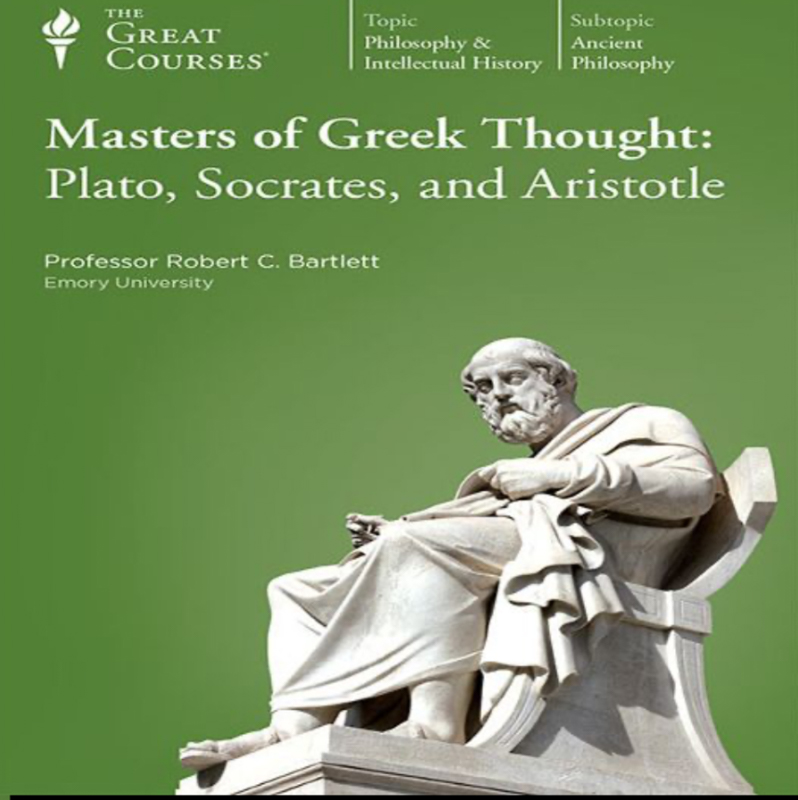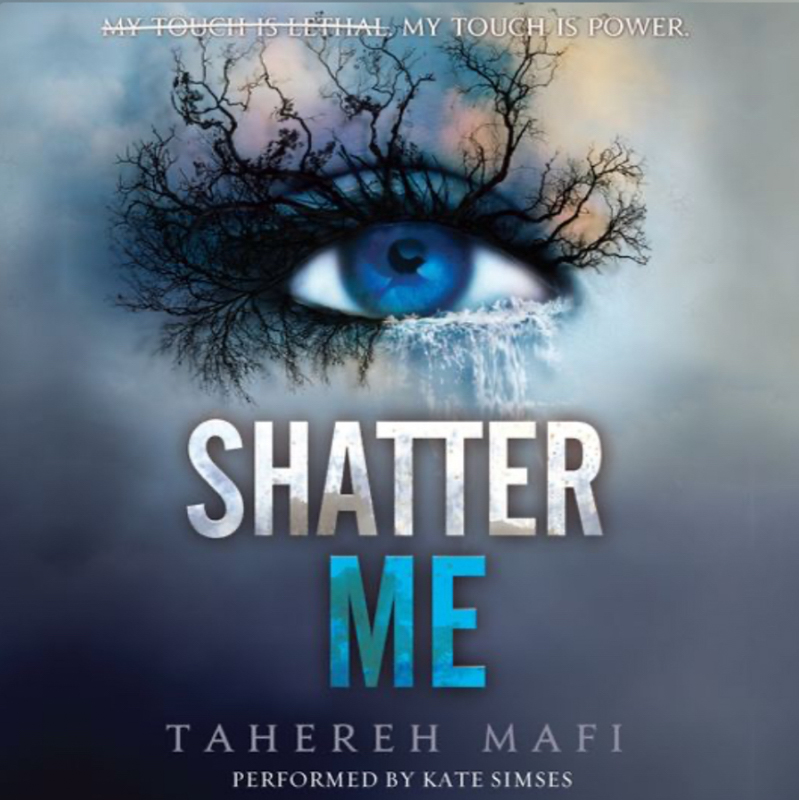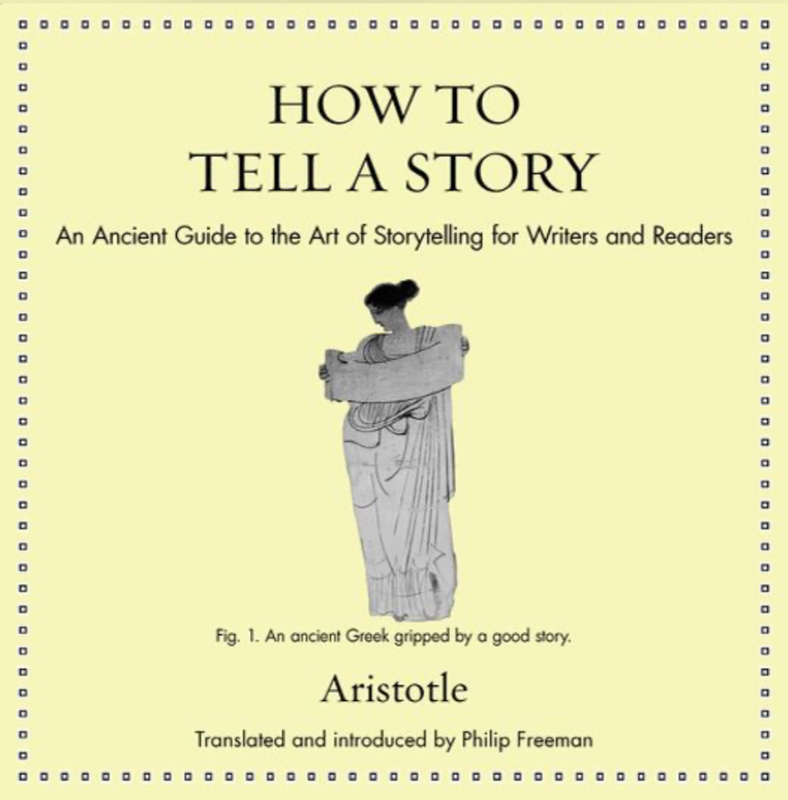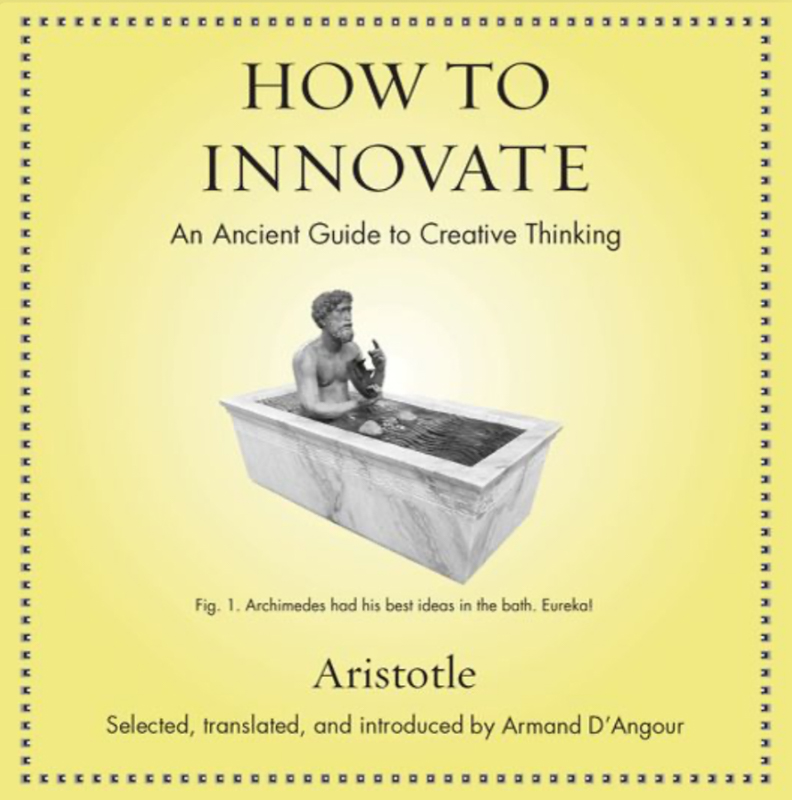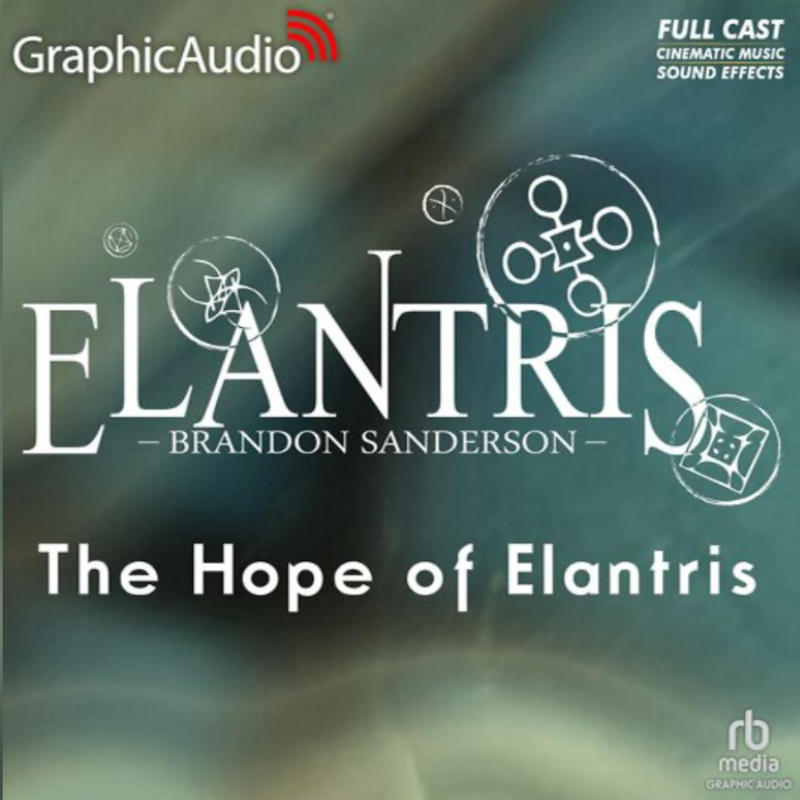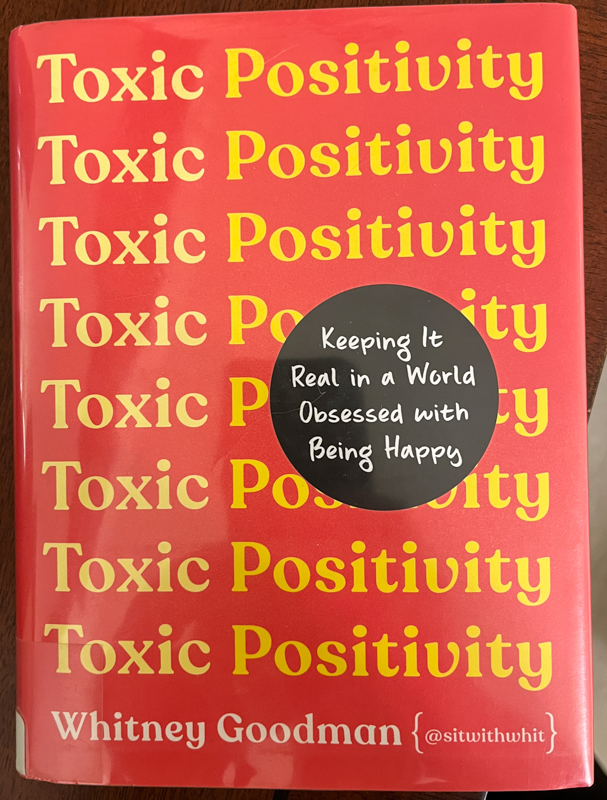Steve Jobs
Background
Published in 2011, “Steve Jobs” by Walter Isaacson is a comprehensive biography of the co-founder of Apple Inc., chronicling his life from childhood to his death in 2011. Based on extensive interviews with Jobs, his family, colleagues, and rivals, the book explores his early fascination with technology, his role in founding Apple, his departure and return to the company, and his impact on multiple industries, including personal computing, music, film, and mobile technology. It presents his leadership style, creative vision, and often intense personality, offering insight into his drive for perfection and innovation. The biography also delves into his personal relationships, struggles, and philosophy on life and business, painting a portrait of a man who reshaped modern technology and design.
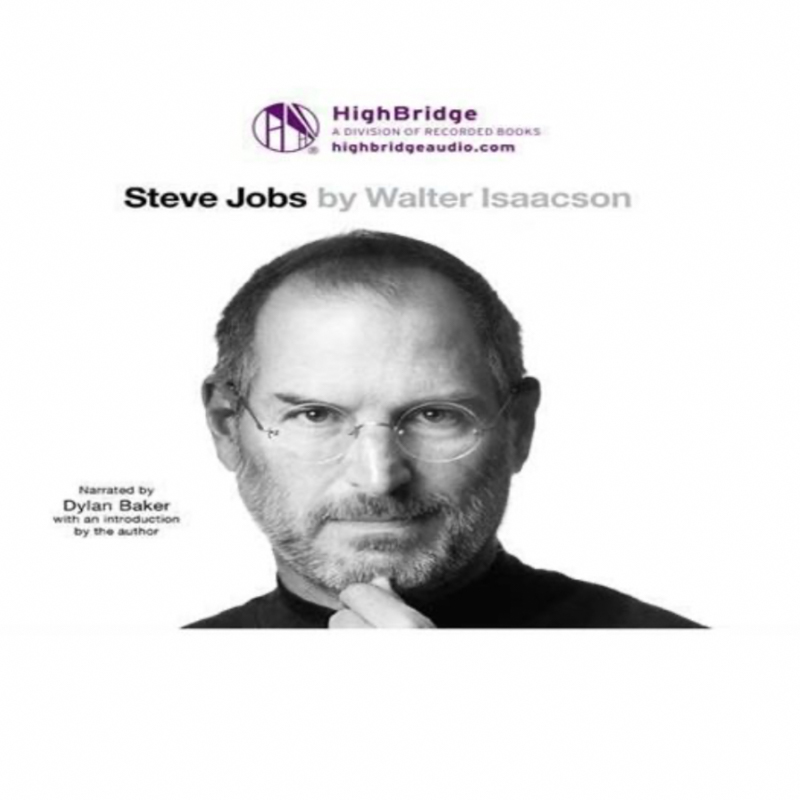
My Thoughts
I was never really a fan of Steve Jobs, but I have to admit that he made quite the impact. I have worked extensively with Apple computers having been introduced to them in the late 90’s and owning several at a time ever since. They simply last forever. In fact, the iMac we bought for the family in 2015 is still being used today as the family computer. (Not too shabby.)
I saw Apple just about die in 1995 and jump back to life with the first G3s, iMacs, G4s, iPods, iPhones, iPads, and so on. I’ve owned at least one of each and then some. I didn’t know that Steve Jobs was behind them all and how they all came together. I have often wondered why so many people are such avid fans and the book helped to clarify some of that zeal for the product.
As I was reading the book, I thought there have been a lot of products Apple released that definitely didn’t have same commitment to end to end styling. The packaging went from simple and beautiful to just ridiculous. For example, the Apple Vision Pro is an amazing piece of hardware. It has the ugliest carrying case known to man. It is so front heavy that it is a pain to wear and you have to buy accessories with it to; hold the battery, support the headband, and prescription inserts just to be able to see. That seems to be the trend with the iPhones now as well. You need a 3rd party case or the camera will bang down on whatever surface you put it on. I just don’t see that kind of thing happening if Jobs were still in charge and screaming at people.
It’s sad, but Apple isn’t the same company without him. That said, he was an egotistical, troubled, drug addled, jerk who I would never want to work around. Regardless, he knew want he wanted and had style.
Recommendation
This was a long read, but I enjoyed it.
